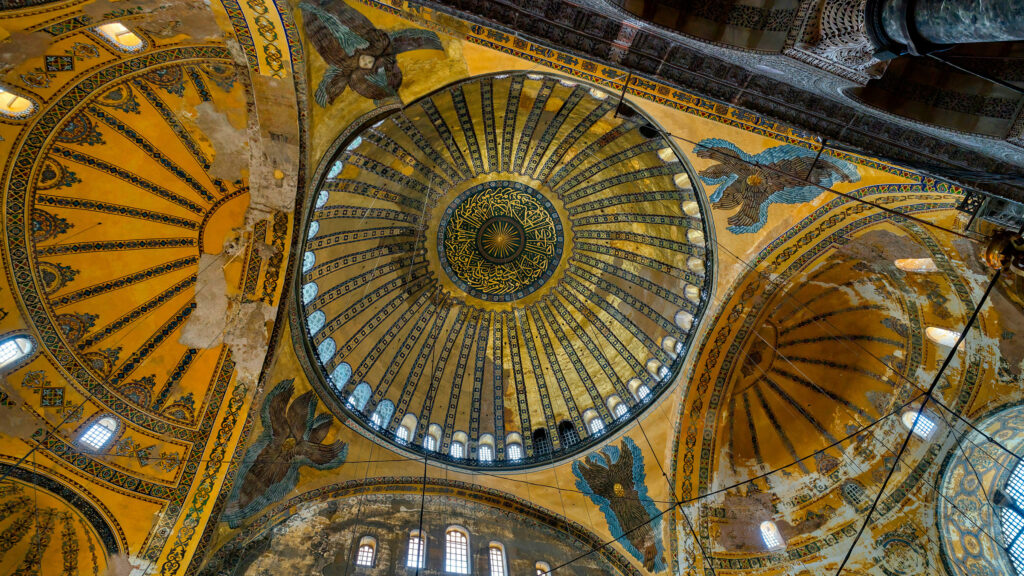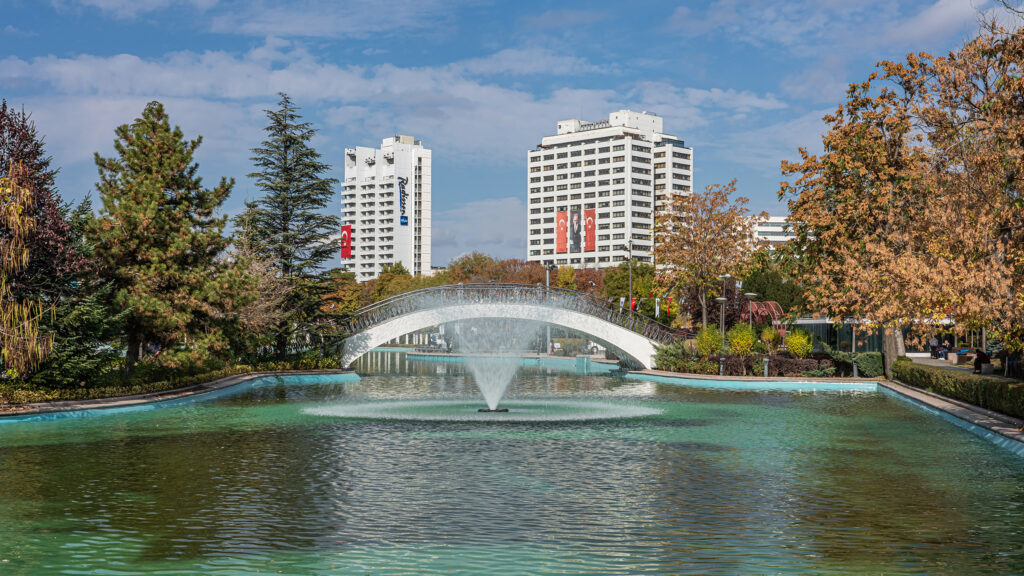For centuries, Istanbul was not only Turkey’s largest city but also its cultural and political center. Did Istanbul used to be the capital of Turkey? The answer is both yes and no. Istanbul was the capital of various empires, including the Byzantine and Ottoman Empires, but it ceased to be the capital when the Republic of Turkey was established in 1923, and the government moved to Ankara.
Istanbul as the Capital of the Byzantine Empire
Before it was ever part of Turkey, Istanbul—then known as Byzantium and later Constantinople—served as the capital of the Byzantine Empire. Emperor Constantine the Great established Constantinople as the capital in 330 AD, and it became a key center for the Eastern Roman Empire. Over the centuries, it grew into a significant hub for Christian art, architecture, and culture, housing landmarks like the Hagia Sophia. This era established Istanbul as a prominent city, and its importance would only increase under the Ottomans.

The Ottoman Empire and Istanbul’s Prominence
After the Ottomans conquered Constantinople in 1453, the city became the capital of the Ottoman Empire. Under Ottoman rule, Istanbul flourished as a center of commerce, religion, and administration. The Ottomans built iconic structures, such as the Topkapi Palace and Blue Mosque, which remain popular attractions today. As the capital of the Ottoman Empire, Istanbul played a crucial role in shaping Turkish culture and architecture, integrating influences from Europe, the Middle East, and beyond.
Why Ankara Became the Capital of Turkey
With the end of World War I and the Ottoman Empire’s collapse, the Turkish War of Independence began under the leadership of Mustafa Kemal Atatürk. Following the war, Turkey was declared a republic in 1923, and Atatürk chose Ankara as the new capital. Moving the capital to Ankara was a strategic decision meant to promote national unity and focus on modernizing Turkey. Ankara’s central location made it more secure and accessible from all parts of Turkey, symbolizing a shift toward a fresh, forward-looking government.

Ankara represented a break from the Ottoman past and allowed the new government to establish an independent identity for the Republic of Turkey. Thus, while Istanbul had long been Turkey’s political heart, the shift to Ankara marked a new chapter in Turkish history.
Istanbul’s Legacy as Turkey’s Cultural Capital
Although Istanbul is no longer Turkey’s official capital, it remains the country’s cultural and economic center. Istanbul hosts Turkey’s largest population and continues to be a significant hub for tourism, art, and commerce. Landmarks like the Hagia Sophia, Topkapi Palace, and the Grand Bazaar attract millions of visitors each year, preserving Istanbul’s rich history. In many ways, Istanbul’s role as a cultural capital keeps its legacy as an imperial center alive.
Even though Ankara serves as the capital today, Istanbul’s historical importance and influence on Turkish identity are undeniable. The city embodies centuries of diverse cultural, religious, and architectural traditions, drawing visitors from around the globe.

Final Thoughts
So, did Istanbul used to be the capital of Turkey? While Istanbul was once the capital of the Byzantine and Ottoman Empires, the establishment of the Republic of Turkey led to a new era with Ankara as the capital. This decision marked Turkey’s transition from an empire to a republic, while Istanbul continues to thrive as the nation’s cultural capital. Today, Istanbul stands as a testament to Turkey’s rich history, bridging the past and the present in a way few cities can.
Please note that we intend this content solely for informational purposes, so it includes no promotional links or advertisements.
